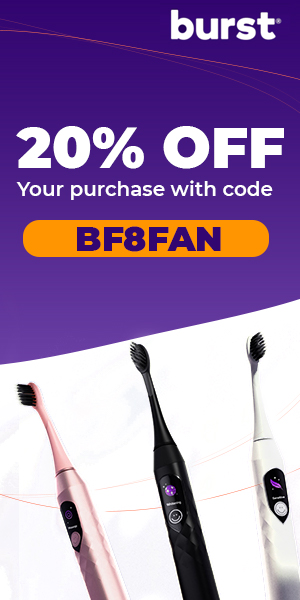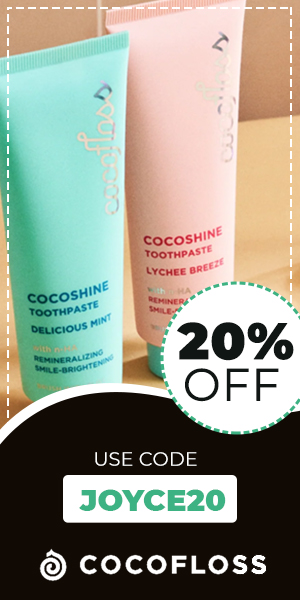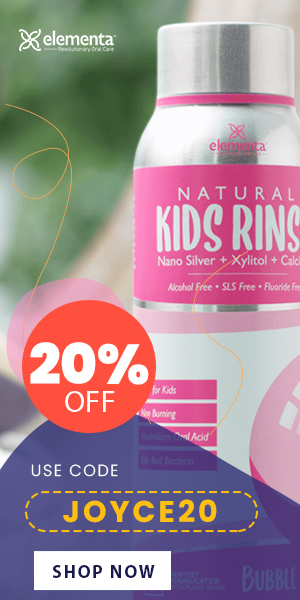Fluoride, a naturally occurring mineral, has long been hailed as a champion of oral health. For decades, it’s been a key ingredient in toothpaste, fortifying our enamel and warding off cavities. But what happens if you decide to ditch the fluoride and opt for a different toothpaste? Does it jeopardize your smile, or is it a harmless switch?
Below is information about the role fluoride plays in oral health, the potential consequences of skipping it, and alternative options to consider.
The Benefits of Fluoride Toothpaste
There are a variety of different ways that fluoride helps with protecting teeth and keeping them strong. Here are a few of the main benefits of fluoride for your pearly whites:
- Enamel Protection: Think of fluoride as a shield for your teeth. It strengthens tooth enamel, the hard outer layer, making it more resistant to acid attacks from plaque bacteria. This protection is crucial because these acid attacks are the primary culprits behind cavities.
- Remineralization: Fluoride not only defends your enamel but also helps repair it. It aids in the natural process of remineralization, where minerals are redeposited onto weakened enamel, restoring its strength. This continuous cycle of demineralization (weakening) and remineralization (strengthening) is essential for maintaining healthy teeth.
- Cavity Prevention: By strengthening enamel and aiding in remineralization, fluoride plays a pivotal role in preventing tooth decay and cavities. This is particularly important for children, whose developing teeth are more vulnerable to decay.
- Reduced Sensitivity: If you experience tooth sensitivity, that sharp, sudden pain triggered by hot, cold, or sweet stimuli, fluoride can come to your rescue. It helps to block the tiny holes and exposed dentin tubules that lead to this discomfort.
- Strengthening Weakened Teeth: Enamel can be weakened by various factors, including acidic foods and drinks. Fluoride can help to strengthen and repair this weakened enamel, contributing to overall oral health and resilience.
What Happens When You Stop?
When you stop using fluoride toothpaste, your teeth gradually lose the protective shield that fluoride provides. The remineralization process slows down, and your enamel becomes more vulnerable to acid attacks from plaque bacteria and the foods and drinks you consume. Over time, this can lead to a gradual weakening of your enamel, making your teeth more susceptible to decay and cavities.

Without the regular boost of fluoride from your toothpaste, you may also experience an increase in tooth sensitivity. The tiny holes and cracks in your enamel that were previously filled and strengthened by fluoride become exposed, allowing hot, cold, or sweet stimuli to reach the nerves within your teeth, triggering discomfort.
In some cases, the consequences of stopping fluoride toothpaste can be more severe. If left unchecked, the weakened enamel can lead to toothaches, infections, and the need for dental treatments like fillings or crowns. The risk of these complications is particularly high for individuals who already have a history of tooth decay or who consume a diet high in sugary or acidic foods and drinks.
Alternatives to Fluoride Toothpaste
For various reasons, some individuals may choose to avoid fluoride toothpaste. Fortunately, there are alternative options available, although it’s important to note that they may not offer the same level of protection against cavities as fluoride.
- Fluoride-Free Toothpastes: These toothpastes often contain ingredients like xylitol, a natural sweetener that can help to reduce the levels of harmful bacteria in your mouth. While xylitol has some benefits for oral health, it doesn’t strengthen enamel or remineralize teeth in the same way that fluoride does.
- Herbal Toothpastes: Some toothpastes incorporate herbal extracts like neem or miswak, which have traditionally been used for oral hygiene. While these ingredients may have antibacterial properties, their effectiveness in preventing cavities is not as well-established as fluoride.
- Nano-Hydroxyapatite Toothpastes: This relatively new type of toothpaste contains nano-hydroxyapatite, a mineral that is naturally present in tooth enamel. Some studies suggest that nano-hydroxyapatite may help to remineralize enamel and reduce sensitivity, but more research is needed to confirm its effectiveness.
It’s crucial to remember that while these alternatives may offer some benefits for oral health, they are not a direct replacement for fluoride in terms of cavity prevention. If you’re considering switching to a fluoride-free toothpaste, it’s essential to consult with your dentist to discuss the best options for your individual needs and to ensure that you’re taking adequate steps to protect your teeth from decay.
Making an Informed Decision
Choosing the right toothpaste is a personal decision that should be based on your individual needs and preferences. While fluoride toothpaste is widely recommended by dental professionals for its proven cavity-fighting benefits, it’s essential to weigh the pros and cons and make an informed choice.
If you’re considering switching to a fluoride-free toothpaste, it’s crucial to have an open and honest conversation with your dentist. They can assess your risk of tooth decay, discuss your dietary habits, and recommend the best course of action for your specific situation.

Remember, fluoride isn’t the only factor in maintaining good oral health. Regular brushing and flossing, a balanced diet low in sugary and acidic foods, and regular dental checkups are all essential components of a healthy smile. Your dentist can provide personalized guidance on how to best care for your teeth, regardless of the type of toothpaste you choose.
Ultimately, the goal is to find a toothpaste that you feel comfortable using and that supports your overall oral health. Whether you opt for fluoride or fluoride-free, prioritize regular dental care and maintain a consistent oral hygiene routine to keep your smile bright and healthy.





















